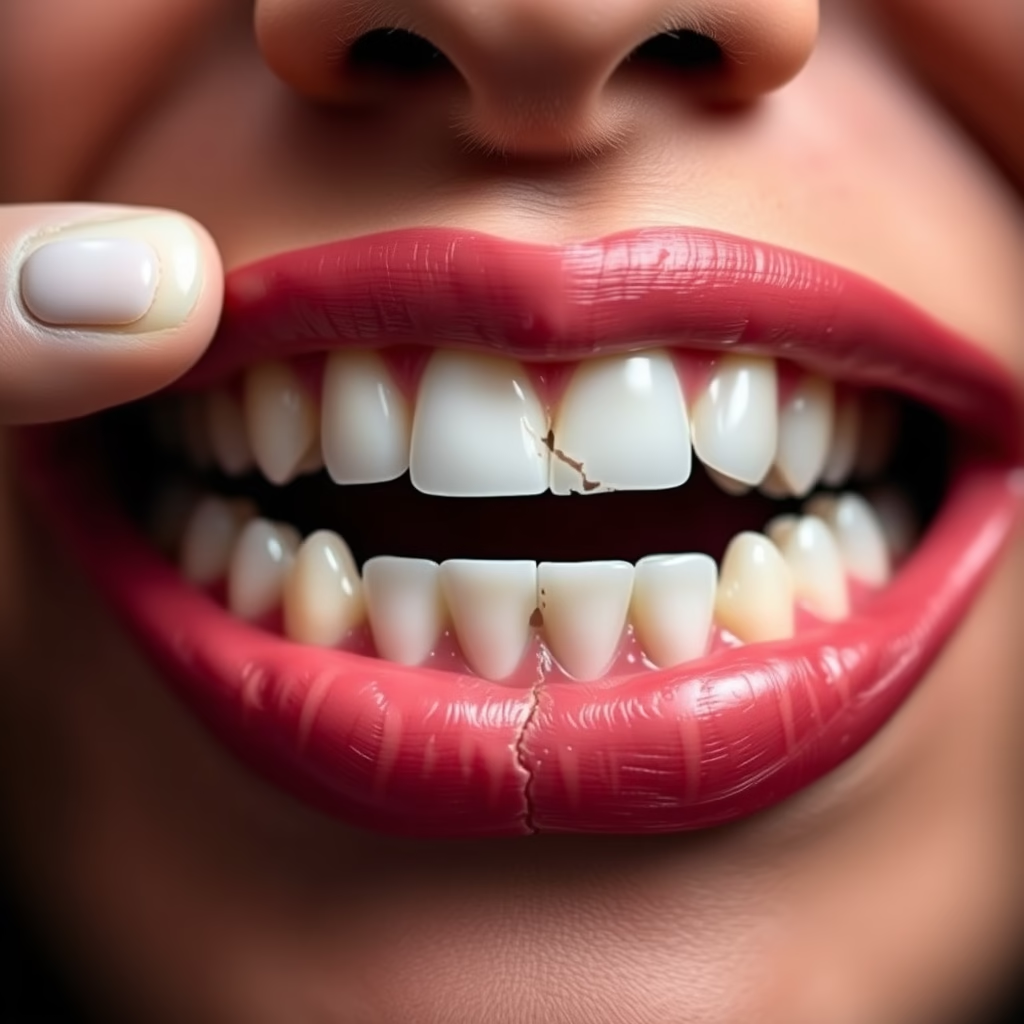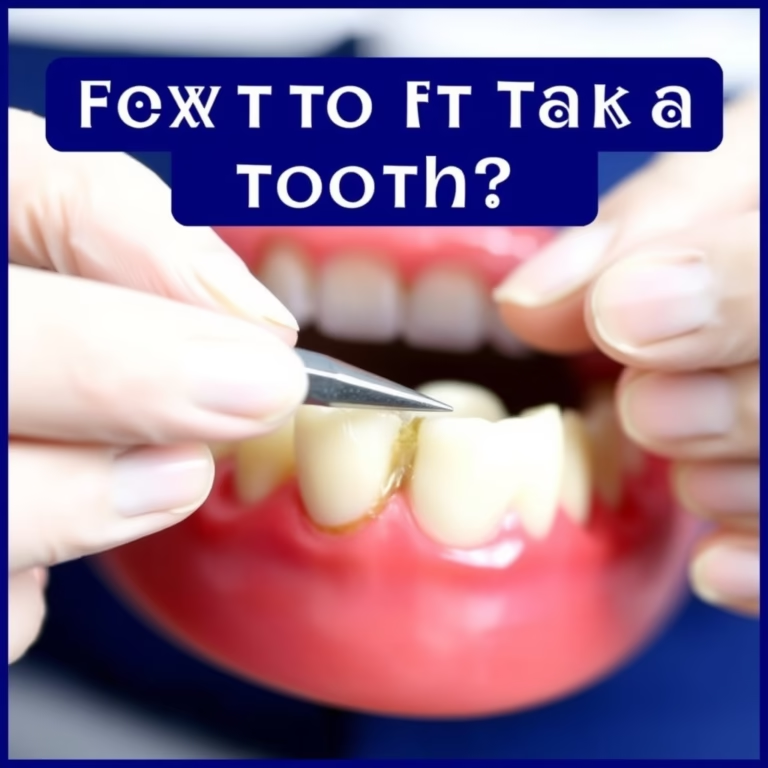Can You Put A Crown On A Cracked Tooth?

Can You Put A Crown On A Cracked Tooth?
A cracked tooth can be a common dental issue experienced by many individuals, regardless of age. When this occurs, one of the primary questions that arise is, “Can a crown be placed on a cracked tooth?” In this article, we will delve into the details surrounding cracked teeth, the use of dental crowns, and what you can expect from the procedure.
Understanding Cracked Teeth
Teeth can crack for various reasons, including:
- Injury or Trauma: A direct blow to the mouth can cause a tooth to crack.
- Excessive Grinding: Bruxism, or teeth grinding, can weaken the tooth structure.
- Large Fillings: Teeth that have undergone extensive dental work are more susceptible to cracking.
- Age: As one ages, teeth may become more brittle and prone to damage.
These factors can lead to discomfort and potential complications if not addressed properly.
What Is a Dental Crown?
A dental crown is a tooth-shaped cap that is placed over a damaged tooth. It serves multiple purposes:
- Protection: Crowns reinforce and protect a cracked or weakened tooth from further damage.
- Restoration: They restore the tooth’s shape and function, allowing for normal chewing.
- Aesthetics: Crowns can enhance the appearance of a tooth that may be discolored or misshapen.
Due to these benefits, crowns are often considered a viable solution for cracked teeth.
Can a Crown Be Placed on a Cracked Tooth?
The short answer is, yes, you can place a crown on a cracked tooth. However, certain conditions must be met:
- Severity of the Crack: If the crack is deep and extends below the gum line, extraction may be necessary instead of capping it with a crown.
- Health of the Tooth: The tooth must have sufficient structure remaining to support the crown. If the tooth is too damaged, a different form of treatment may be necessary.
- Underlying Infection: If there is an underlying infection, it must be treated before proceeding with a crown.
Your dentist will conduct a thorough examination, possibly including X-rays, to determine the best course of action for your cracked tooth.
The Crown Placement Process
Once it is determined that a crown is a suitable option, the placement process generally involves several steps:
- Initial Consultation: Your dentist will evaluate the tooth and discuss treatment options.
- Tooth Preparation: The cracked tooth is reshaped to accommodate the crown. This may involve removing decay or damaged areas.
- Molding and Impressions: An impression of the tooth is taken to create a custom crown that fits perfectly.
- Temporary Crown: A temporary crown may be placed while the permanent one is being fabricated.
- Crown Placement: Once ready, the permanent crown is securely placed onto the tooth.
Post-Procedure Care
After crowning a cracked tooth, maintaining good dental hygiene is essential. Here are a few tips:
- Regular Brushing and Flossing: This will help keep the surrounding gums and teeth healthy.
- Avoid Hard Foods: Refrain from chewing hard candies or ice that may damage the crown.
- Regular Dental Check-Ups: Annual visits to the dentist will ensure your crown and overall dental health remains optimal.
Conclusion
In conclusion, while it is possible to place a crown on a cracked tooth, it is crucial to consult with a dental professional to assess the specific condition of the tooth. Crowns can provide necessary protection and restore function, but understanding the extent of the crack and maintaining proper care are vital for a successful outcome. If you find yourself facing a cracked tooth, don’t hesitate to reach out to your dentist for guidance and treatment options.






